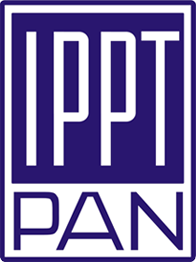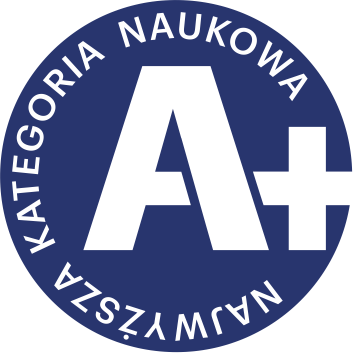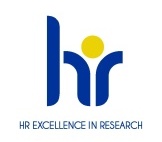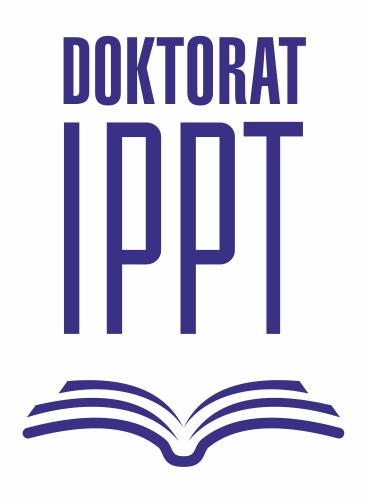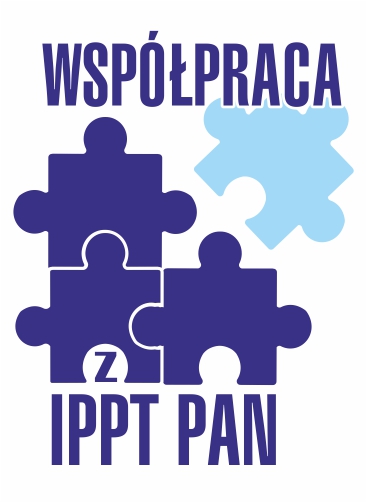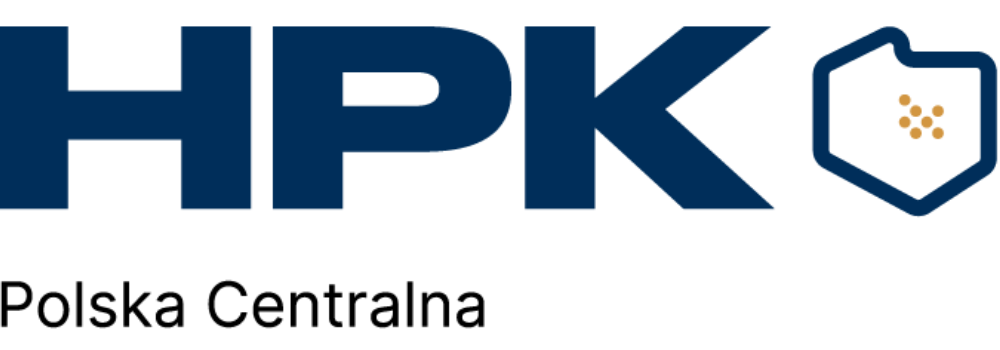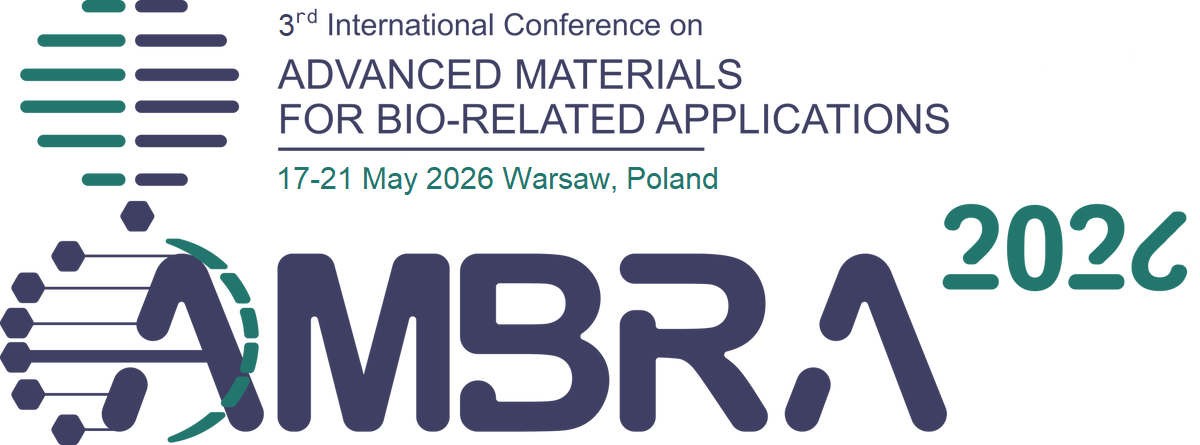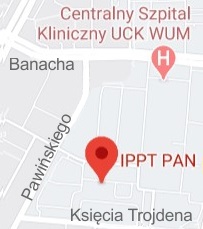| 1. |
Niemczyk-Soczyńska B., Kołbuk-Konieczny D., Mikułowski G., Ciechomska I.A.♦, Sajkiewicz P.Ł., Methylcellulose/agarose hydrogel loaded with short electrospun PLLA/laminin fibers as an injectable scaffold for tissue engineering/3D cell culture model for tumour therapies,
RSC Advances, ISSN: 2046-2069, DOI: 10.1039/D3RA00851G, Vol.13, No.18, pp.11889-11902, 2023 Streszczenie:
This research aimed at designing and fabricating a smart thermosensitive injectable methylcellulose/agarose hydrogel system loaded with short electrospun bioactive PLLA/laminin fibers as a scaffold for tissue engineering applications or 3D cell culture models. Considering ECM-mimicking morphology and chemical composition, such a scaffold is capable of ensuring a hospitable environment for cell adhesion, proliferation, and differentiation. Its viscoelastic properties are beneficial from the practical perspective of minimally invasive materials that are introduced to the body via injection. Viscosity studies showed the shear-thinning character of MC/AGR hydrogels enabling the potential injection ability of highly viscous materials. Injectability tests showed that by tuning the injection rate, even a high amount of short fibers loaded inside of hydrogel could be efficiently injected into the tissue. Biological studies showed the non-toxic character of composite material with excellent viability, attachment, spreading, and proliferation of fibroblasts and glioma cells. These findings indicate that MC/AGR hydrogel loaded with short PLLA/laminin fibers is a promising biomaterial for both tissue engineering applications and 3D tumor culture models. Afiliacje autorów:
| Niemczyk-Soczyńska B. | - | IPPT PAN | | Kołbuk-Konieczny D. | - | IPPT PAN | | Mikułowski G. | - | IPPT PAN | | Ciechomska I.A. | - | Nencki Institute of Experimental Biology, Polish Academy of Sciences (PL) | | Sajkiewicz P.Ł. | - | IPPT PAN |
| 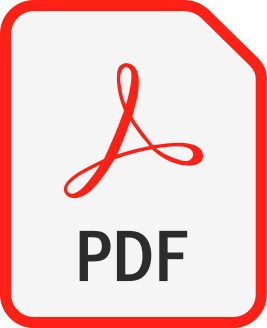 | 100p. |
| 2. |
Kijewska M.♦, Kocyk M.♦, Kloss M.♦, Stępniak K.♦, Korwek Z.♦, Polakowska R.♦, Dąbrowski M.♦, Gieryng A.♦, Wojtas B.♦, Ciechomska I.A.♦, Kamińska B.♦, The embryonic type of SPP1 transcriptional regulation is re-activated in glioblastoma,
Oncotarget, ISSN: 1949-2553, DOI: 10.18632/oncotarget.14092, pp.1-16, 2016 Streszczenie:
Osteopontin (SPP1, a secreted phosphoprotein 1) is primarily involved in immune responses, tissue remodelling and biomineralization. However, it is also overexpressed in many cancers and regulates tumour progression by increasing migration, invasion and cancer stem cell self-renewal. Mechanisms of SPP1 overexpression in gliomas are poorly understood. We demonstrate overexpression of two out of five SPP1 isoforms in glioblastoma (GBM) and differential isoform expression in glioma cell lines. Up-regulated SPP1 expression is associated with binding of the GLI1 transcription factor to the promoter and OCT4 (octamer-binding transcription factor 4) to the first SPP1 intron of the SPP1 gene in human glioma cells but not in non-transformed astrocytes. GLI1 knockdown reduced SPP1 mRNA and protein levels in glioma cells. GLI1 and OCT4 are known regulators of stem cell pluripotency. GBMs contain rare cells that express stem cell markers and display ability to self-renew. We reveal that SPP1 is overexpressed in glioma initiating cells defined by high rhodamine 123 efflux, sphere forming capacity and stemness marker expression. Forced differentiation of human glioma spheres reduced SPP1 expression. Knockdown of SPP1, GLI1 or CD44 with siRNAs diminished sphere formation. C6 glioma cells stably depleted of Spp1 displayed reduced sphere forming capacity and downregulated stemness marker expression. Overexpression of the wild type Spp1, but not Spp1 lacking a Cd44 binding domain, rescued cell ability to form spheres. Our findings show re-activation of the embryonic-type transcriptional regulation of SPP1 in malignant gliomas and point to the importance of SPP1-CD44 interactions in self-renewal and pluripotency glioma initiating cells. Słowa kluczowe:
osteopontin, glioma initiating cells, transcription factors, stemness factors, self-renewal Afiliacje autorów:
| Kijewska M. | - | inna afiliacja | | Kocyk M. | - | Nencki Institute of Experimental Biology, Polish Academy of Sciences (PL) | | Kloss M. | - | Nencki Institute of Experimental Biology, Polish Academy of Sciences (PL) | | Stępniak K. | - | inna afiliacja | | Korwek Z. | - | inna afiliacja | | Polakowska R. | - | inna afiliacja | | Dąbrowski M. | - | Nencki Institute of Experimental Biology, Polish Academy of Sciences (PL) | | Gieryng A. | - | Nencki Institute of Experimental Biology, Polish Academy of Sciences (PL) | | Wojtas B. | - | Nencki Institute of Experimental Biology, Polish Academy of Sciences (PL) | | Ciechomska I.A. | - | Nencki Institute of Experimental Biology, Polish Academy of Sciences (PL) | | Kamińska B. | - | Nencki Institute of Experimental Biology, Polish Academy of Sciences (PL) |
| 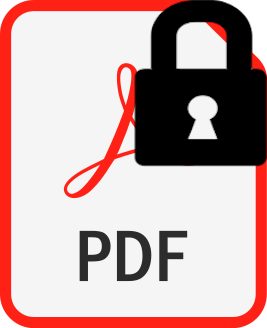 | 35p. |


